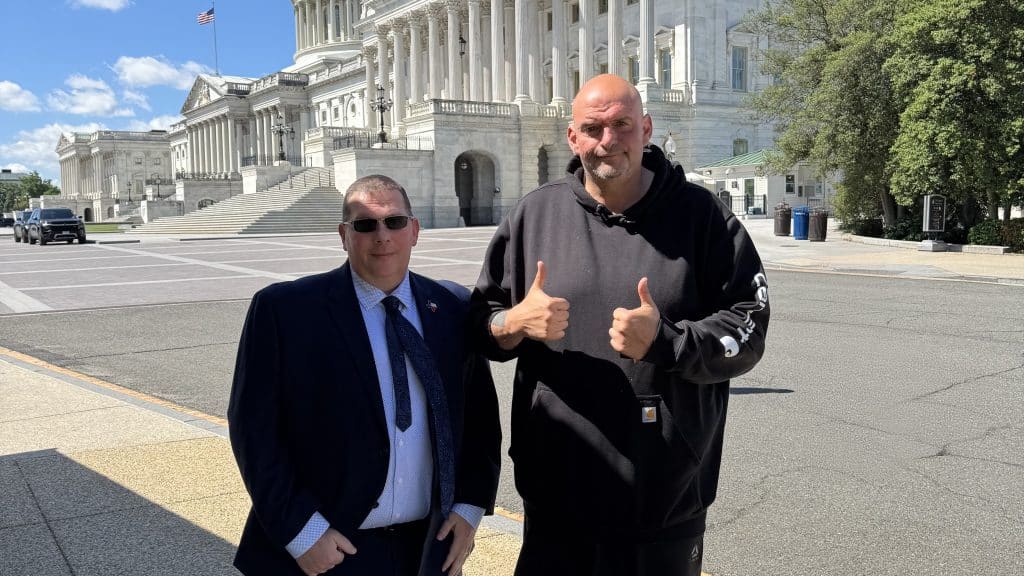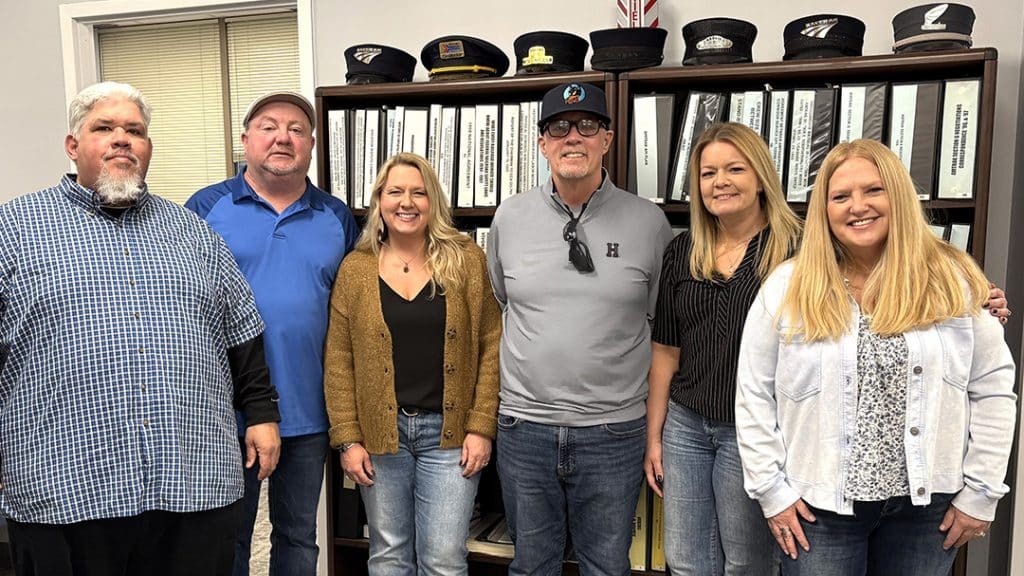SMART-TD leads labor’s charge in D.C.
WASHINGTON, D.C. — May 2025
For the third consecutive year, SMART Transportation Division (SMART-TD), the largest organized labor organization in American railroading, brought the strength of 13 rail labor unions under one unified banner to the heart of our nation’s capital.
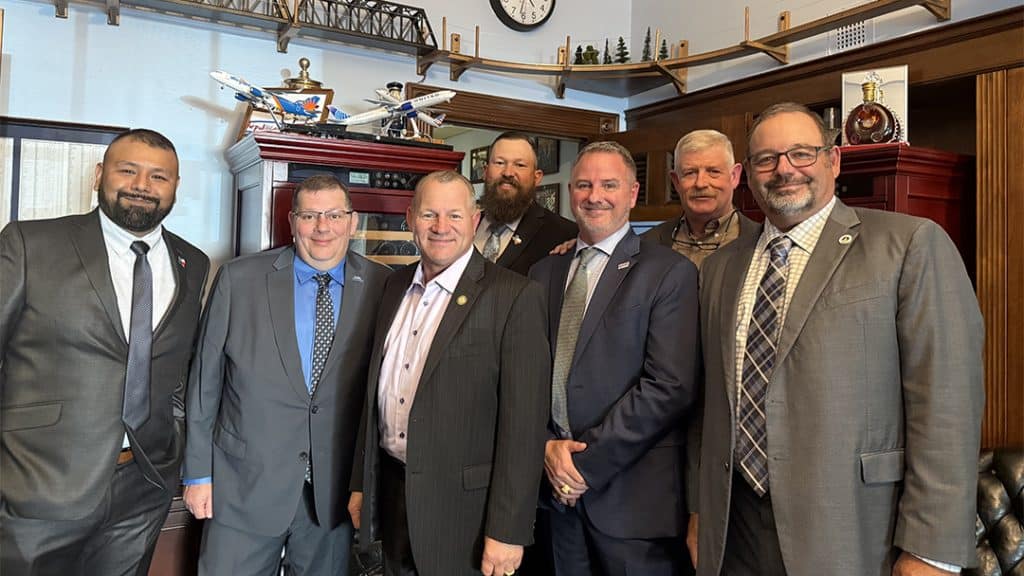
A united front for railroad safety
Led by our National Safety and Legislative Department under Director, Greg Hynes, SMART-TD is reshaping the conversation around rail policy in Washington. Representatives from every craft of the rail industry, train and engine crews, signal maintainers, dispatchers, car knockers, track department, and more were divided into strategic teams. Each group was armed with a full day’s schedule of back-to-back meetings with lawmakers in the House and Senate.
This structure enabled each group to present a comprehensive, multi-departmental view of the rail industry’s most pressing concerns. When labor speaks with one voice and from every angle, Congress listens. The impact of this model was made clear in December 2024, as the successful passage of the Rail Employee Equity and Fairness (REEF) Act was widely credited to SMART-TD’s 2024 Railroad Day efforts.
“In the past two years, railroad day events, SMART-TD’s message, and the way we delivered it struck a chord. We knew we had created something powerful with this model,” said Hynes. “And this year proved it. We scheduled and executed over 130 meetings on the Hill, our most ever. That kind of momentum builds on itself.”
This year’s event saw more participation than ever before. New unions joined the coalition, including a notable appearance by the Brotherhood of Locomotive Engineers and Trainmen (BLE-T).
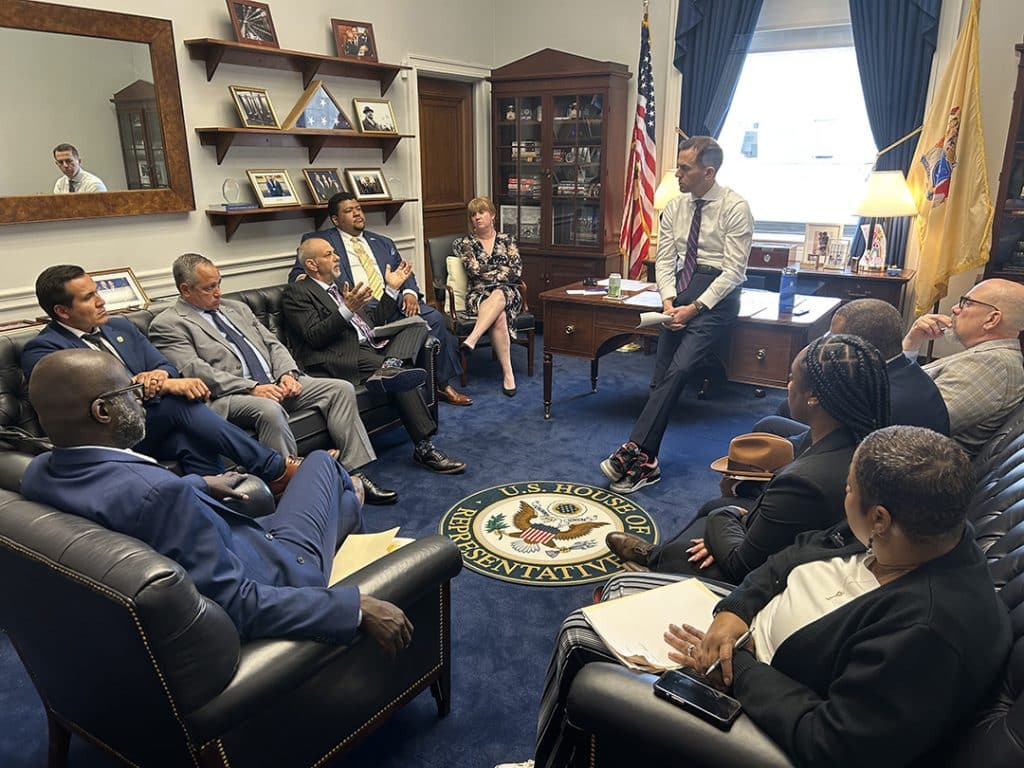
Railroad Union organizes a record-breaking year for participation and access
Increased awareness of the quality, professionalism, and impact of our advocacy resulted in unprecedented interest on both sides of the aisle.
Many representatives cited the need to better understand the real-world consequences of multiple pending rail safety bills.

Labor delegates generate results with real-world stories
“We’re in lawmakers’ ears every day,” Hynes said, referencing the tireless work of Deputy Director Jared Cassity and the legislative team on issues like train length and safety inspections. “But when a local officer or State Legislative Board member from their own district walks into their office and tells them what’s happening back home, it lands differently. It hits harder. And it sticks.”
SMART-TD would like to thank all local officers, general committee officers, and members of our State Safety Legislative Boards who traveled to Washington to lend their voices and their expertise. Your stories brought the issues to life, and your presence made an impression far deeper than you may ever know.
“I want to personally thank our brothers and sisters from across the 13 unions who stood shoulder to shoulder with us this year,” Hynes added. “You lent us your voice and your craft expertise. That collaboration is what makes this event work, and makes progress possible.”
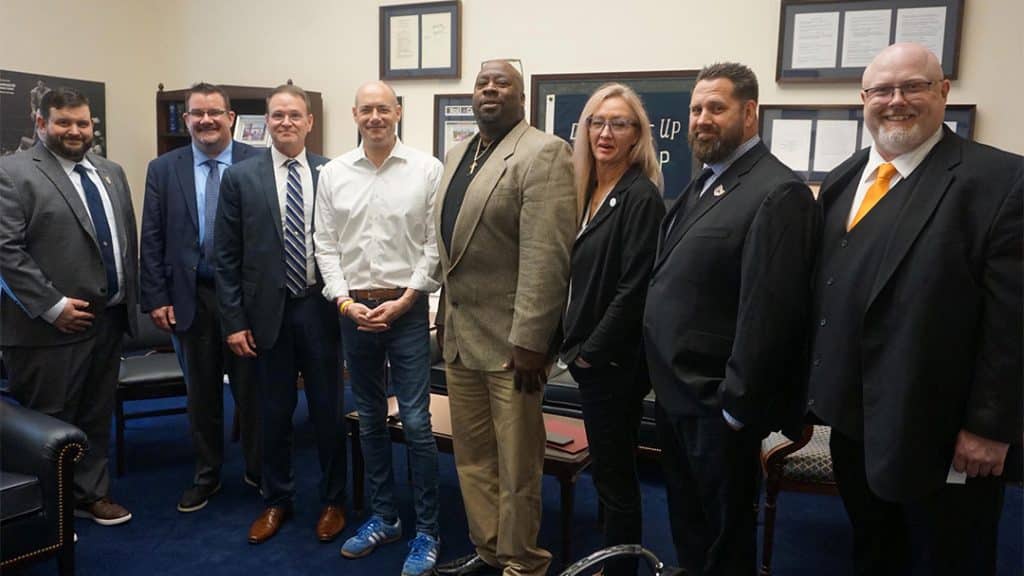
Behind the scenes: precision and leadership
Though the energy on Capitol Hill was fast-paced and electric, it was SMART-TD staffer Jenny Miller’s behind-the-scenes mastery that brought the event to life. As the chief of staff for our National Safety and Legislative Department, sister Miller coordinated dozens of railroaders across 130 legislative meetings with lawmakers and staff. This is no small task.
“It’s a kind of three-dimensional chess that most people could never pull off,” said Hynes. “But Jenny does it every year, with efficiency and surgical precision. She deserves enormous credit.”
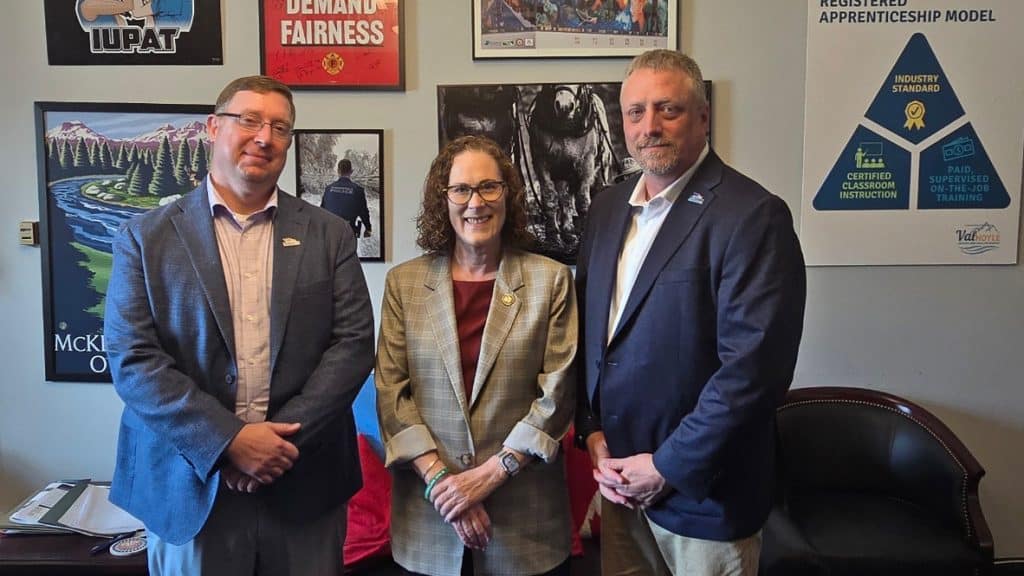
Looking ahead
With more allies in both political parties and both houses of Congress and stronger solidarity among rail unions, the SMART-TD-led Railroad Day on the Hill has set a new gold standard for how labor advocacy should be done in Washington.
Today we brought the truth to power: and power is responding.
